Tell us a little bit about yourself and what you do.
I’m an artist and writer from Georgia. I lived in Atlanta for the last 10 years but I recently moved. I’m the second oldest of 5 children. I build sculptures, draw, and write all contributing to my conceptual art practice. I love black ink, harmony, the wheel, and water in the dark.

Could you describe your practice?
My practice is rooted in compulsion. Most of my projects consist of things that I cannot avoid doing, whether that be writing, drawing, building sculptures, or tearing things apart. I’m constantly speculating on the future, trying to predict what will happen next, and then I’m reacting to those predictions. My predictions are wrong, naturally, but I believe because of the cyclical (rhythmic) nature of our world, my beats/melodies, with time, will sing a song.
How did your interest in art begin and how did you get where you are at in your practice now?
I’ve always drawn. I remember telling my grandmother I wanted to be a painter when I was 7 or 8 years old, but for a long time I ignored my creative ambition. I just wanted to get a good job, make money, be traditionally successful. I made friends in college who made art and music, they really pushed me to take more risks creatively. I was around 22/23 when I told myself I would make a career as an artist. When I was around 24/25 I got the opportunity to work as a studio assistant for an 80 year old artist named Gilbert Young. He went out of his way to show me how difficult being an artist is and how hard I would have to work just to be an individual. Since then I’ve spent most of my time trying to educate myself. The more I understand about what is actually possible, the further I can push my own work. I’m 27 now and I’m fortunate to have made things that I can be proud of, art that I don’t have to question the validity of because I underwent a legitimately rigorous process to produce it.

What is influencing your work right now?
Kara Walker is always the first thing I think of when I think of what’s influencing me and it’s always been that way ever since I first saw her work.
But also Giuseppe Penone has been big for me recently. I love Pharoah Hennessy’s approach to art history. Geoff Darrows illustration, specifically his pencil drawings and draftsmanship.Hikozo. Of course I have to say something about King David and Gordon Matta-ClarK, they buzz in my head in a way that’s hard to ignore. POPE L., Richard Hunt is Black Metal personified. Kunle and the whole IRAK, Charles Schultz, Martin Puryear, Jordan Wolfson, Freddy Carrasco,”VideoGod”, Janiva Ellis, Tarika Lewis and Emory Douglas, any art I see that makes me feel something, I try to take a piece of it and use it in my work. I’m an art thief.
Meister Eckhart’s sermons, and the language of Christian mysticism in general. Frederick Douglas’ life story is really dented in my mind. Malcolm X as well. They are two TRANSFORMATIVE INDIVIDUALS and that’s the best thing you can be it seems. The Pensees, Phillip K. Dick, Simone de Beauvoir, Tooru Fujisawa, HUEY!, Octavia Butler, Walt Whitman and John Donne.
MUSIC MUSIC MUSIC! Yung LA, Elvis, Future, John hurt, Sade, MBV, Prince, ROCKO, Scooter!, Saul Williams, Marvin Gaye, Sun Ra, Sun ra, Sun ra, and also Alice Coltrane. Klein, Uzi, Carti, Dj Screw, Lauryn Hill, DEAN BLUNT, Yellowman, Bar Italia TOO MANY TOO NAME!
Summertime.
Armor, weapons and protection seem to be a common theme throughout your work. Can you talk about what these mean for you and the importance of these themes within your practice?
I’ve made a lot of work about war. Like I said earlier I’m constantly reacting to my own premonitions. I’m not a violent person, I suppose I feel the need to protect myself. At one point I had an idea of myself as “the people’s DARPA”. I also just have a fascination with technology and throughout human history, war has always been a catalyst for technological progress. Da Vinci was designing war machines, he’s so ubiquitous that if you were raised in the western world, you’re inspired by him whether you like it or not.
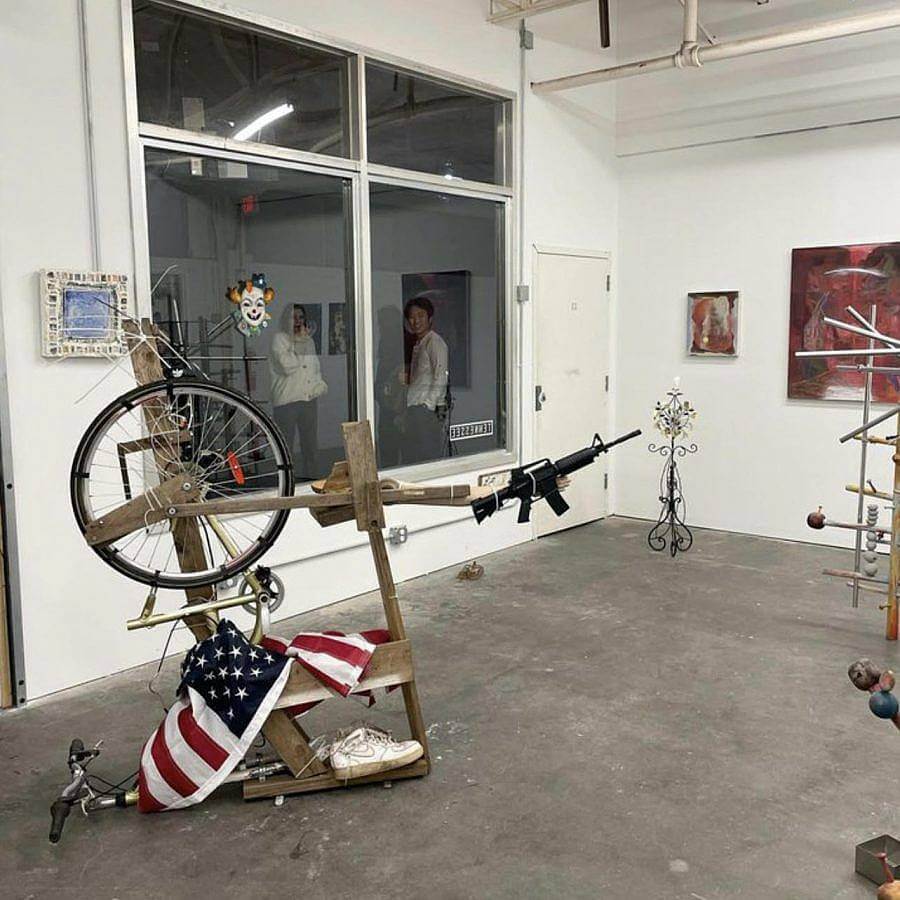
Describe your current studio or workspace. (Please provide a photo of it if you have one)
I’ve never had a legitimate studio I’ve always just made things at my house, in my yard. I was traveling for the last 6 months or so. I spent some time in Japan and then went to Paris and London. Since coming back to the states I haven’t gotten a real studio yet but I met so many artists while traveling and one of my primary goals this year is to have my own dedicated art studio.
What is one of the bigger challenges you and/or other makers are struggling with these days and how do you see it developing?
There’s so many challenges. As contemporary artists, living artists, it is our job to restructure this “ industry” as much as possible. Art has existed as long as humans have existed because it serves a metaphysical purpose. The powers that be have tried to mask this as much as possible. It is our responsibility as artists to emphasize that purpose. To use our talents to build communities that protect, support the health of, and foster the growth of future artists. Currently an overwhelming portion of the art world is under the direct control of rapists, traffickers, crooked businessmen and women, as well as equally malicious but blissfully unaware artists, curators, gallerists, and collectors who believe that art’s only function is to generate, foster, or protect wealth. I want to empower everyone who is not that.
Within your sculpture work your material choices feel highly specific and important with a variety of seemingly found objects giving your work an assemblage-esque feel. How do you go about choosing and sourcing material? Is it an intuitive process for you?
I collect things that have an interesting look or feel. I usually will have one primary object that inspires a work, once I have that idea, I’ll do a drawing of what I envision the final sculpture will be and from there I usually know what other objects I’ll need to finish the sculpture. It’s all storytelling. A lot of my sculptures are to me “characters” in a story, and so once I know what character I’m writing for it’s not too hard to give them an outfit.
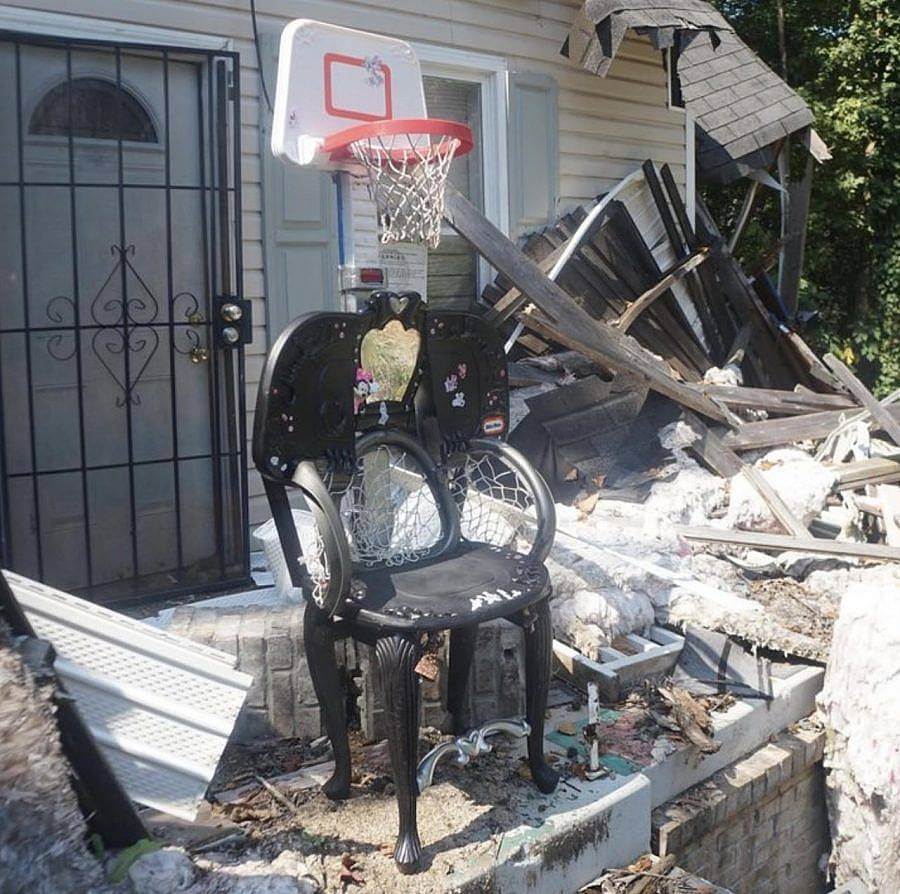
Can you talk about the importance of having movement present within your sculptures? How does this affect the way they’re perceived?
Like many contemporary artists, I love relational aesthetics. Art spaces can be so isolating and uninteresting as a spectator. You see people barely engage with the work and I think they’re usually scared. Having sculptures that can be “turned on” or even piloted cultivate a more attentive audience because they have the opportunity to physically engage with the art, in some instances the art will physically engage with the audience regardless.
Also, I love sound, I love rhythm and each kinetic element of a sculpture comes with its own set of sounds.
Some art enthusiasts are obsessed with orderliness, tradition, and quiet. To those individuals I imagine my work is considered disruptive and chaotic.
To real music lovers, most consider it punk, some see that it’s jazz, my friend Louis had a word he liked to use “NeoFolk” I hope it can be heard as that.
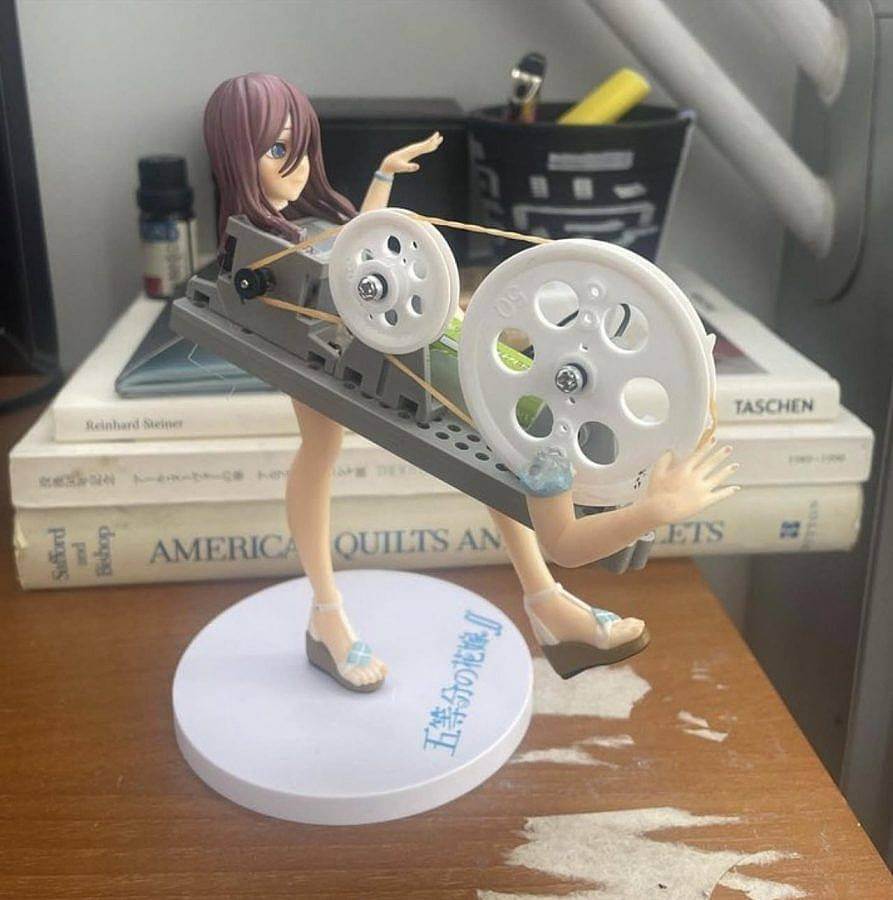
What are the main motifs in your work?
Wheels, tangles and knots, healthcare, childhood innocence, technology, housing, gambling, music.
What are some recent, upcoming or current projects you are working on?
I’m building a chariot. I’m excited.
Your website has a lot of writing and story telling sprinkled in with your work. Would you consider writing to be an integral part of your practice? Is it important to look at your works paired with your writing?
It’s not a requirement by any means but I enjoy writing. Like I said these things are compulsive. I will always write as long as I’m able. I have to. I don’t think I could complete any art project without writing something and I believe in sharing. That being said everyone doesn’t like to read or even speak the same language as me, but the language of visual art, like music, is universal.
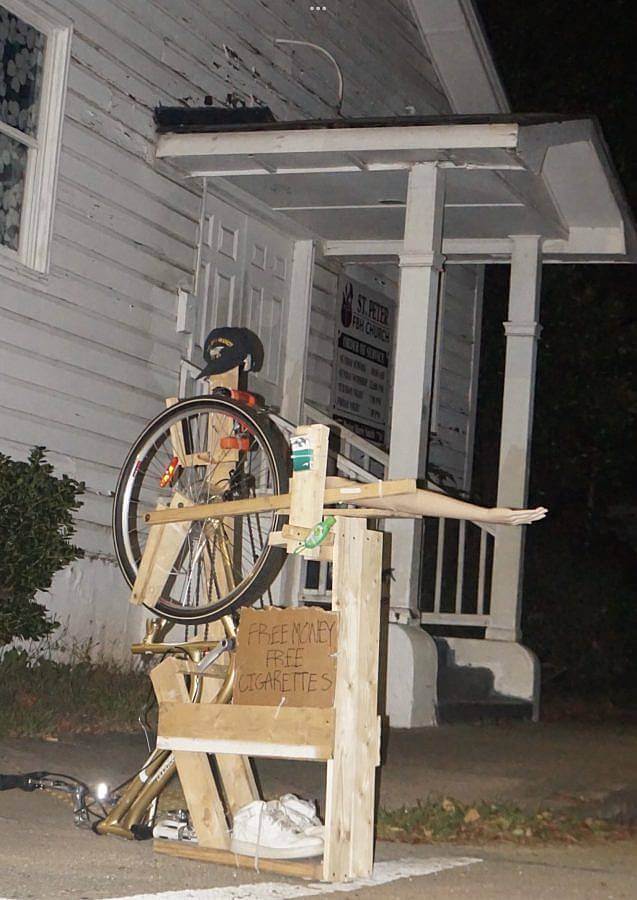
I’ve asked a lot of questions regarding sculpture work, but your drawing practice is really prevalent as well. How do these two practices tie into each other for you? Are you thinking in a similar vein when drawing as you are when making sculpture work?
Not at all. Drawing is so free and sculptures always take so much material investment. Drawing only taxes the mind and that’s only if I want it to, but you almost never sweat or shed blood while drawing. Drawing is freedom you can do it anywhere with anything, it can be whatever it is and you can just flip the page in your sketchbook or turn over the napkin and you’re on to the next one. I love to draw like I’m dancing, or riding a bike without holding the handlebars.
What do you want a viewer to walk away with after seeing your work?
I want viewers to walk away wanting to make something, whether that’s visual art, or music, or food.
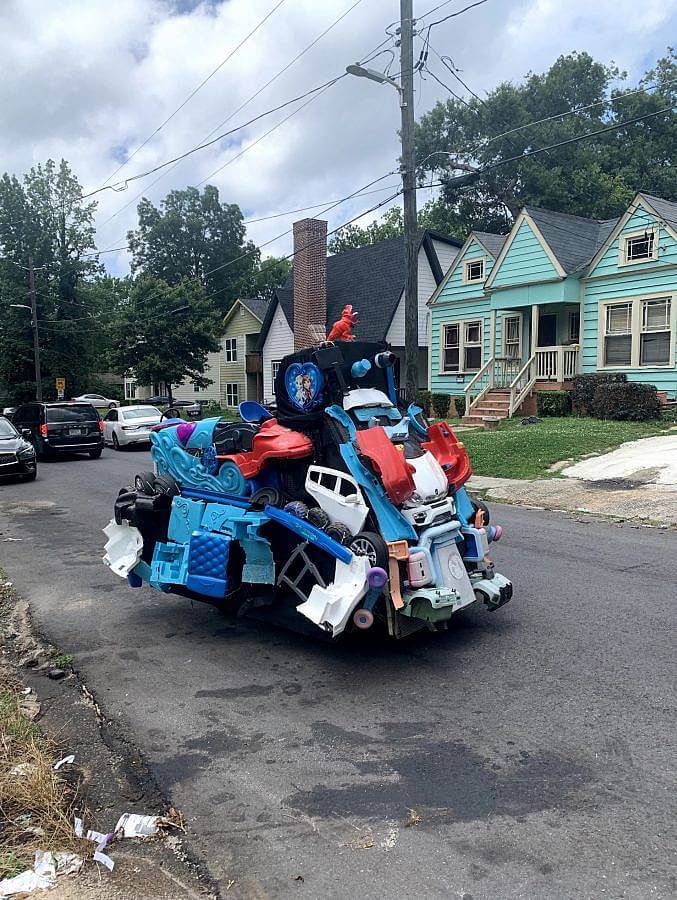
Do you have any daily rituals?
I draw as many days as I can, and it’s almost impossible to draw and not write anything. I was an atheist until about a year and a half ago but now I pray.
What do you collect?
Books, CDs, my friend’s art. Anything that I see that seems interesting, things that seem to show up everyday, anything that I think I might want to use in a later project. I try to have less “stuff” now. Objects seem to lose that energy once they’ve sat around too long.
What have you been reading/listening to lately?
Yung LA, Lauryn Hill, and Sun Ra are at the top of my playlist as of now. The last book I read was Candide by Voltaire. It was short but I really e njoyed it. I’ve been keeping a book of John Donne poetry in my car, And right now I’m reading a book that was given to me as a gift, The History of Hip by John Leland.
Interview conducted and edited by Lily Szymanski. All images courtesy of the artist.
